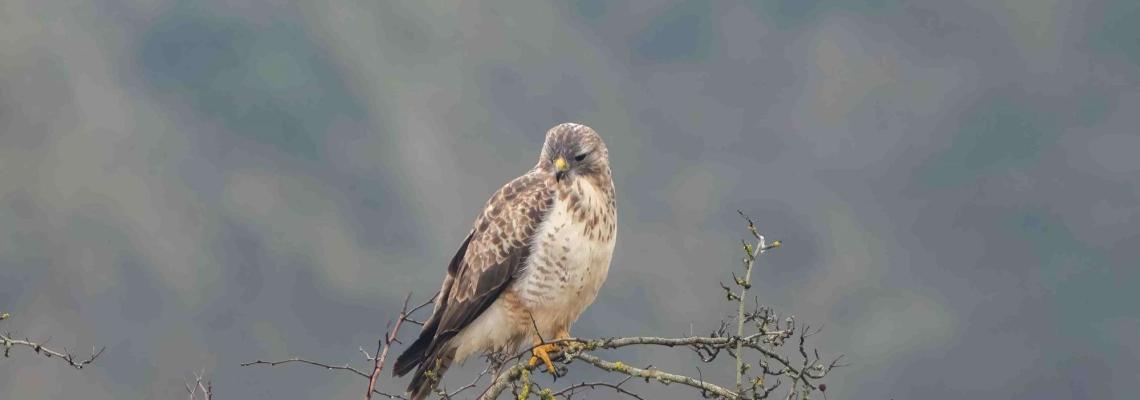Birdwatching at Blenheim
As well as being home to Britain’s Greatest Palace, our Estate is also a great place to discover rich natural heritage.

In addition to a huge range of the more familiar species, our 2000-acre Estate is an important breeding and feeding ground for a variety of more unusual birds.
While spring is often thought to be the best time for birdwatching, heading out early in the new year provides clearer views as the trees are still without their leaves, and means you can spot rarer birds that are overwintering here.
Our Estate’s Conservation Manager, Chris Keeler, is a keen birder and says the Estate provides ideal habitats to attract a range of birds.
“My role means I am regularly outside and travelling around the estate so there’s often a chance to stop and get the binoculars out,” he said.
“Queen Pool Island now has a healthy number of Grey Heron and Little Egret nesting each year and you can also spot Little Grebe and Great Crested Grebes, Water Rail and Gadwall.
“One of my own personal highlights was watching an osprey fish on the lake one winter and I have also seen a bittern on Queen Pool Island,” he added.
The mix of wetland, parkland and ancient woodland means our Estate attracts lots of different types of birds, many of which are becoming increasingly rare due to habitat loss and predation.
Over the weekend of 26th -28th January the RSPB is holding its annual Big Garden Birdwatch when people are invited to spend an hour counting the wild birds in their garden or local park to help give a snapshot of how different species are faring.
“The Big Garden Birdwatch is a great initiative and the perfect way for people of all ages to get involved with British wildlife,” said Chris.
“It also provides extremely valuable data on which species are doing well and which are struggling.
“I will definitely plan to get out for an hour and, although Blenheim Estate’s outdoor space is perhaps a bit bigger than the average back garden, it all helps to paint a more accurate picture of what’s going on,” he added.
Among the birds Chris has spotted on our Estate are Gold Crests, Common Crossbill, Lesser Spotted Woodpecker, Hawfinch, Woodcock, Snipe, Marsh Tit, Spotted Flycatcher, Wood Warbler, Goshawk, Little Owl, Tawny Owl, Long Eared Owl, Peregrine Falcon.
However, his favourite bird is the Barn Owl whose numbers had been in steep decline up until the 1980s with only 4500 breeding pairs recorded across the country. Today there are more than three times that number and signs are good the recovery will continue.
As part of our conservation programme, we have set up a series of artificial nest boxes for Barn Owls across our Estate with around 40 owlets having successfully fledged since 2006.
“The loss of traditional farm buildings and habitats along with road building put the barn owl under increasing pressure however conservation schemes, like the one here at Blenheim, have proved extremely effective in increasing the number of birds and demonstrates how we can all help do our bit to protect our native wildlife,” Chris added.